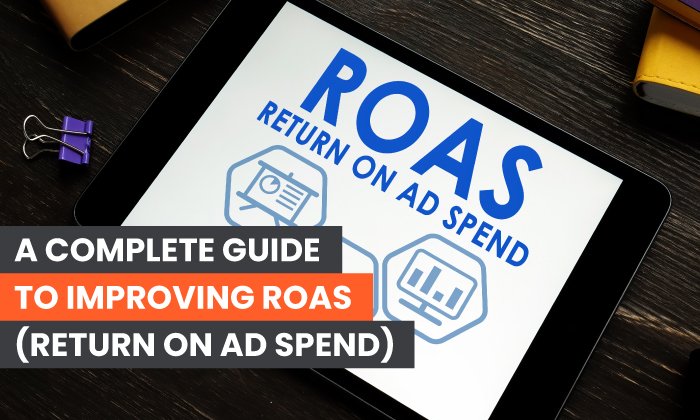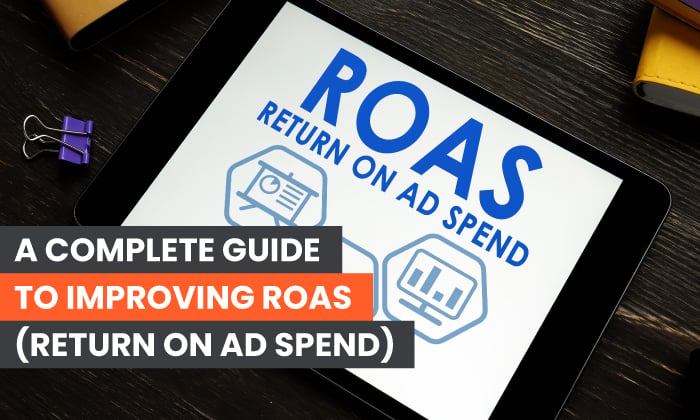A Complete Guide to Improving ROAS (Return on Ad Spend)

By Neil Patel
When you launch a new campaign, what are the most important metrics you track?
Did you think of conversion or click-thru rate? Cost per conversion? ROI?
All of those answers are essential metrics for every marketing or advertising campaign, but they won’t help you pinpoint a single ad’s or campaign portfolio’s monetary success.
That’s where ROAS comes in.
ROAS is the metric marketers need to determine their marketing and advertising campaigns’ success. It’s vital for new campaigns since it allows you to see how much revenue a campaign generates against costs in real time.
Marketers can use cost per conversion, but because that calculation focuses on a single conversion at a time, it only gives marketers part of the picture.
ROAS helps determine whether a campaign is bringing in the money it should be. If it isn’t, marketers can pivot quickly or cut their losses.
What is ROAS?
ROAS stands for return on ad spend. It’s the amount of revenue generated by every dollar spent on advertising or marketing. Unlike ROI, ROAS focuses only on the revenue return from a specific ad or marketing campaign.
ROAS is expressed as a ratio. For example, a ROAS of 10:1 would represent $10 in revenue for every $1 spent.
A ROAS calculation is similar to an ROI calculation, but it’s very flexible and can be applied to one, a few, or even several campaigns. For instance, you can use it to look at one campaign with a new influencer or all of your email marketing campaigns for the quarter.
ROAS, however, isn’t as specific of a calculation as costs per conversion, click-through rates, or any of the other laser-focused metrics marketers look at regularly. It gives you a holistic view of a specific campaign’s success, but it isn’t as high-level as ROI.
ROAS Calculation
Calculating ROAS may not be as complicated as it seems. To calculate ROAS, divide revenue by the amount of money spent on a specific ad or marketing campaign.
For example, let’s say your company spent $1,000 on a Facebook ad campaign, which generated $15,000 in revenue. The equation would look like this:

Using numbers, it looks like this:

The ROAS in this example is $15 in revenue for every $1 spent. This is a simplified example—and a pretty good ROAS—but it gives an idea of how to calculate ROAS.
Before you plug numbers into this equation, there is one other calculation you need to do first: the total cost of your campaign. This should include things like money paid to an agency, to pay designers, to bid on keywords, or put toward a PPC campaign.
There are some other hidden costs you also need to consider.
- All Vendor Costs: include the costs of all vendors, including freelance writers, graphic designers, or email marketers
- Salary: …read more
Source:: Kiss Metrics Blog








